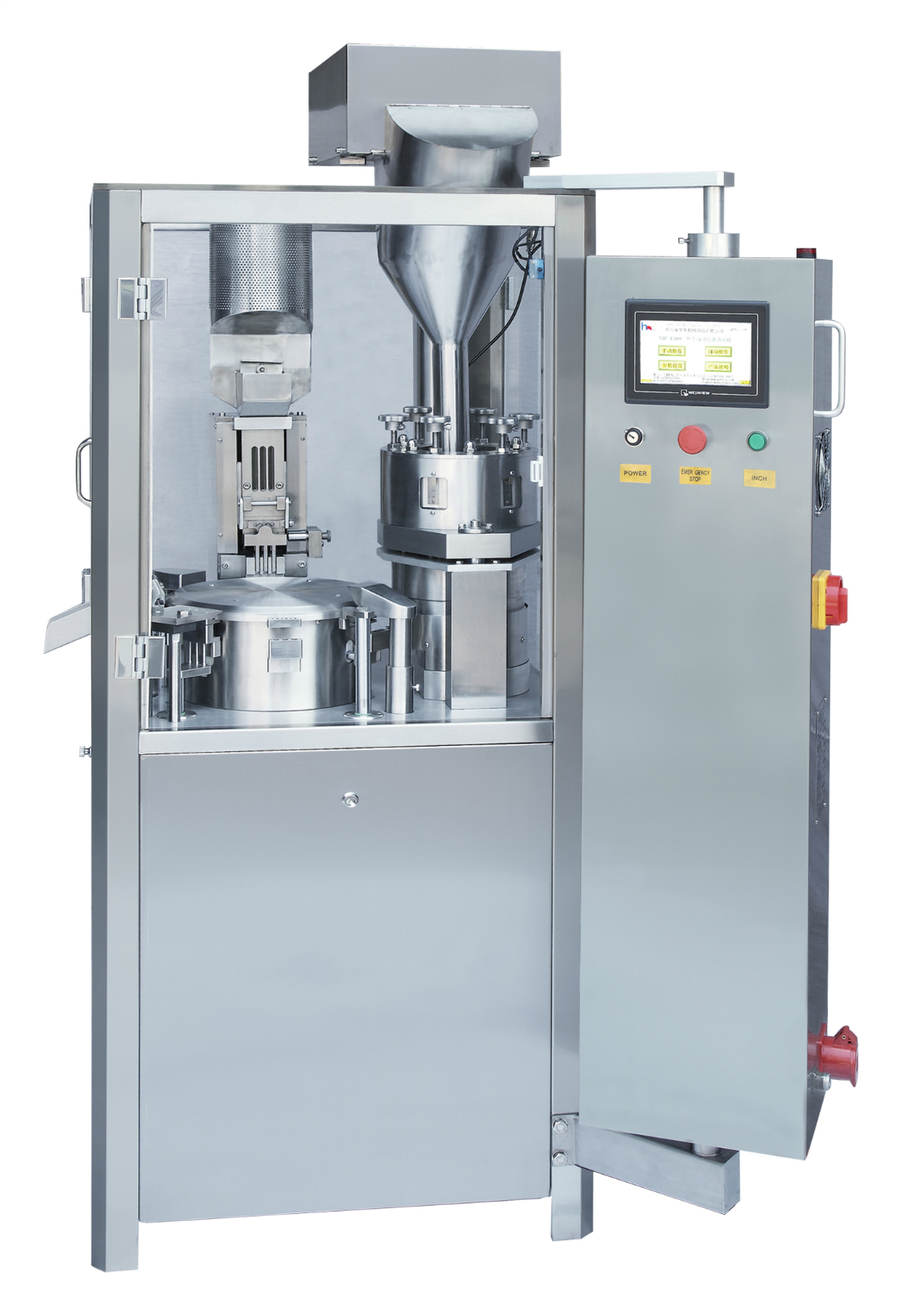In the pharmaceutical and nutraceutical industries, capsule filling machines play a crucial role in the production process. These machines are designed to efficiently fill capsules with powders, granules, or pellets, ensuring that the final product meets quality standards. Among the various types of capsule filling machines available, semi-automatic and automatic machines are the most commonly used. Understanding the differences between these two types can help businesses make informed decisions based on their production needs.
Semi-Automatic Capsule Filling Machines
The semi-automatic capsule filling machine is a modern piece of medical machinery characterized by its innovative structure and aesthetically pleasing design. This machine is equipped with a combination of electrical and pneumatic joint control systems, which enhance its operational efficiency. One of the standout features of the semi-automatic capsule filling machine is its electronic automatic counting device, which ensures precise filling and minimizes waste. Additionally, the speed control device allows operators to adjust the filling speed according to the specific requirements of the production process.
The semi-automatic machine requires some manual intervention, particularly in the initial setup and during the loading of capsules and filling materials. Operators must manually separate the capsule halves, fill them with the desired substance, and then lock them together. While this process is more labor-intensive than fully automated systems, it offers greater flexibility for small to medium-sized production runs. This type of machine is ideal for businesses that require versatility and the ability to switch between different formulations without significant downtime.
Automatic Capsule Filling Machines
On the other hand, automatic capsule filling machines are designed for high-volume production and require minimal human intervention. These machines are fully automated, meaning they can perform all the necessary actions—separation, filling, and locking—without the need for manual input. This automation is achieved through advanced technology that integrates various components, including sensors, actuators, and control systems.
The primary advantage of automatic capsule filling machines is their efficiency. They can produce a large number of filled capsules in a short amount of time, making them suitable for large-scale manufacturing operations. Additionally, the automation reduces the risk of human error, ensuring consistent quality and accuracy in the filling process. However, the initial investment for an automatic machine is typically higher than that of a semi-automatic machine, making it a more suitable option for businesses with high production demands.

Key Differences
Operation: Semi-automatic machines require manual intervention for certain tasks, while automatic machines operate independently with minimal human oversight.
Production Capacity: Automatic machines are designed for high-volume production, whereas semi-automatic machines are better suited for smaller batches.
Cost: The initial investment for automatic machines is generally higher, but they can lead to cost savings in the long run due to increased efficiency.
Flexibility: Semi-automatic machines offer greater flexibility for changing formulations and production runs, making them ideal for businesses that require versatility.
Quality Control: Both types of machines can ensure high-quality output, but automatic machines tend to have more advanced quality control features due to their integrated technology.
Conclusion
Choosing between a semi-automatic and an automatic capsule filling machine ultimately depends on the specific needs of your business. If you require flexibility and are working with smaller production runs, a semi-automatic capsule filling machine may be the best fit. However, if your focus is on high-volume production and efficiency, investing in an automatic capsule filling machine could be the more advantageous option. Understanding these differences will help you make an informed decision that aligns with your operational goals.
Send your message to us:
Post time: Sep-25-2024